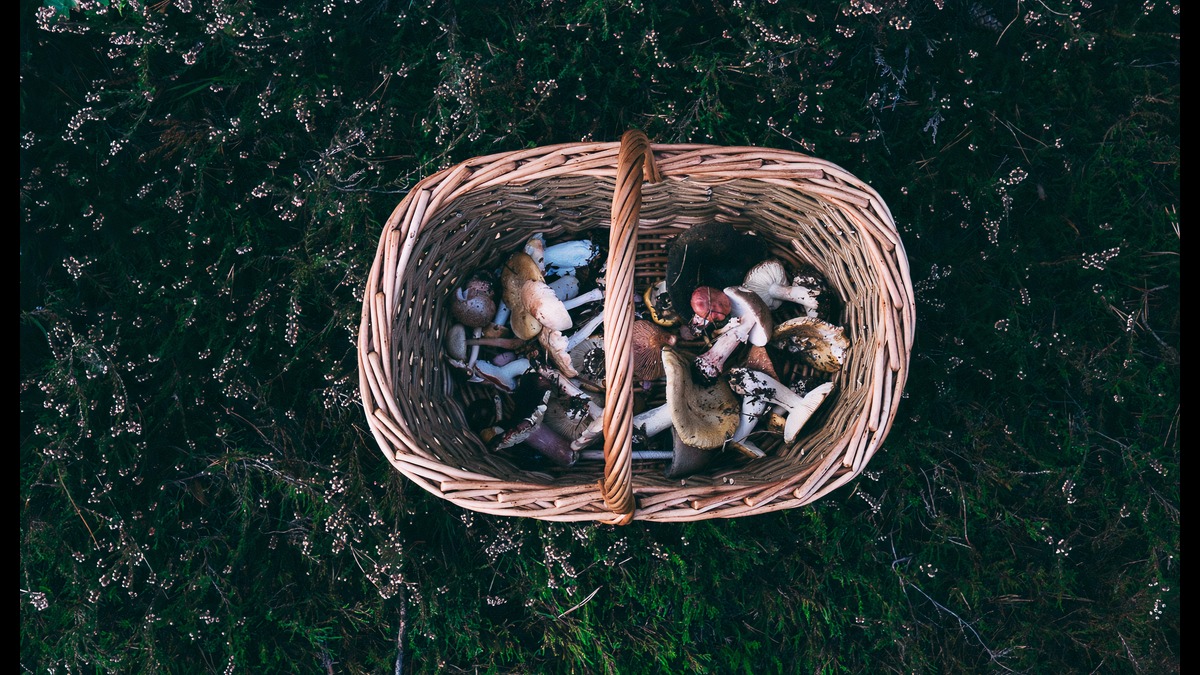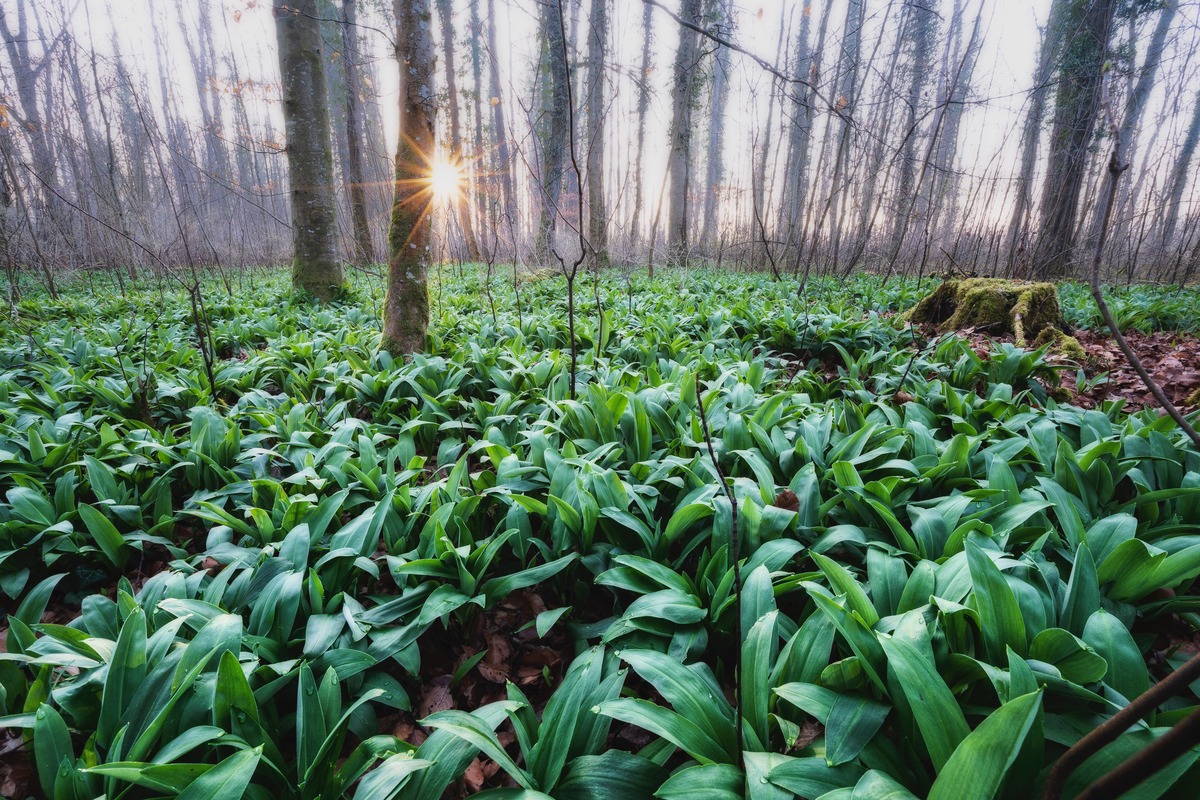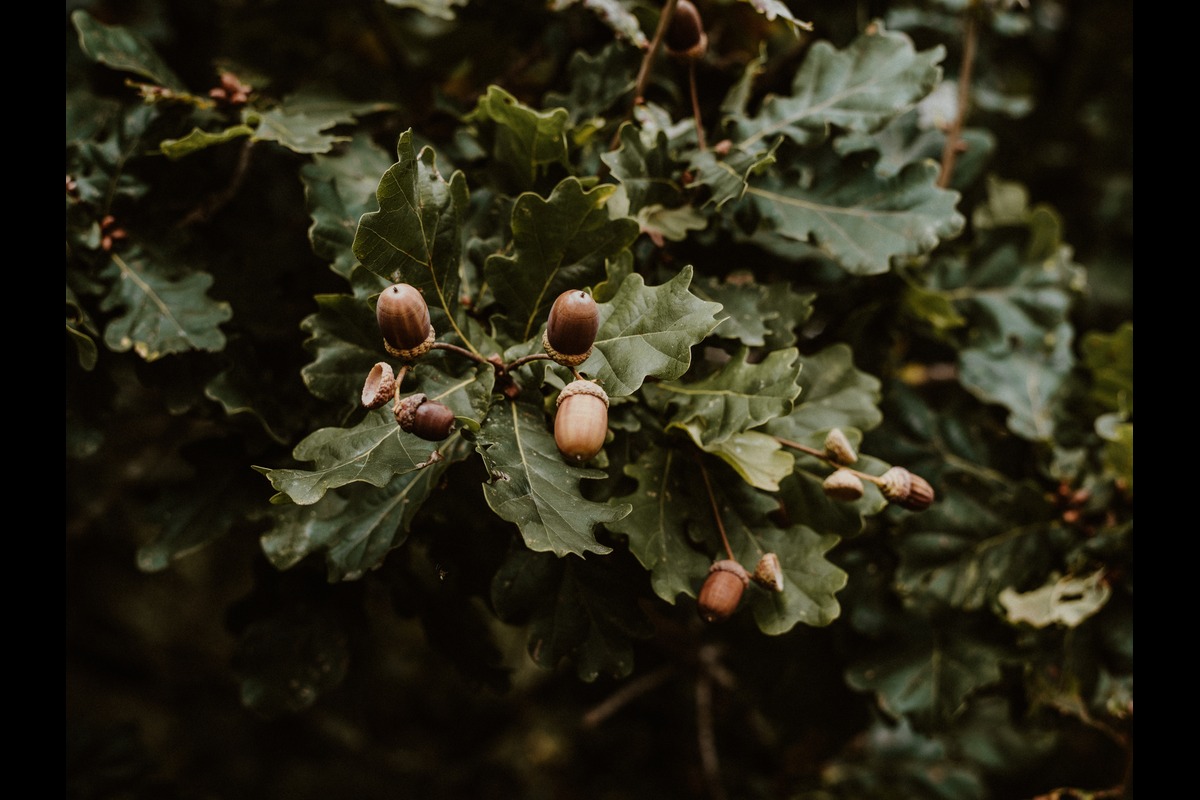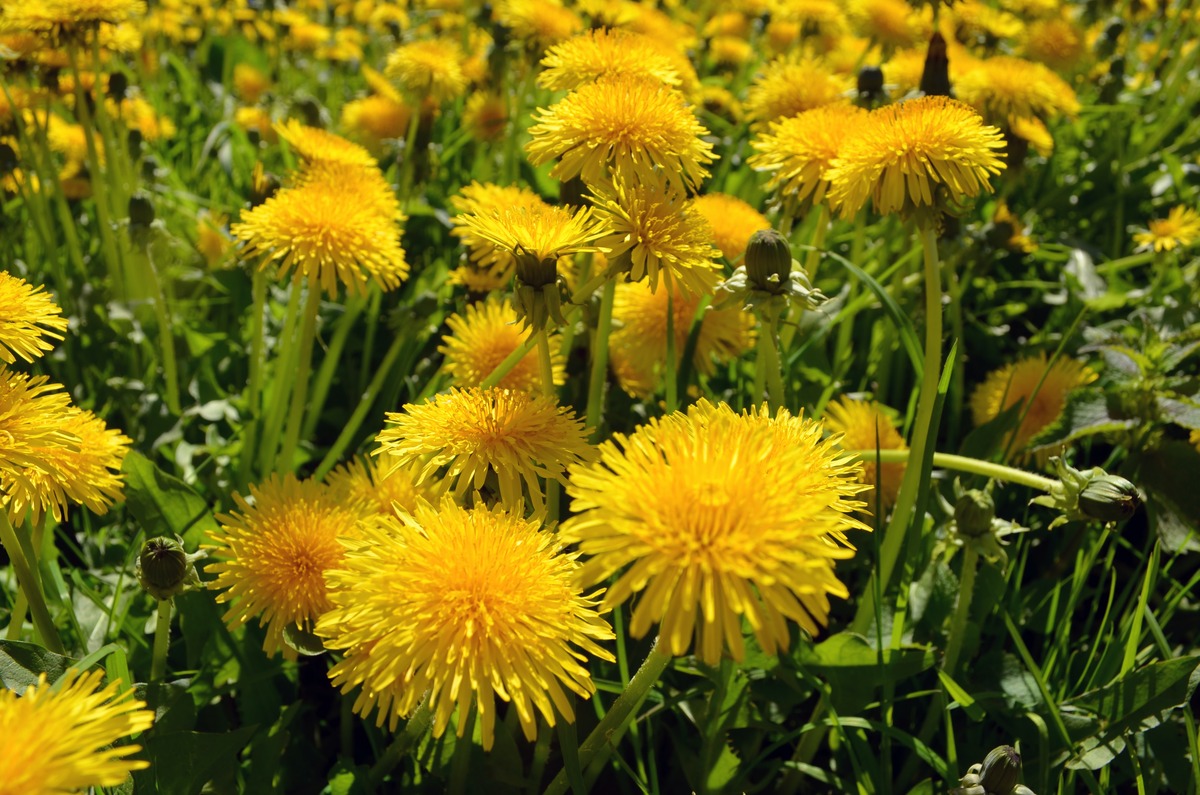

Dandelion soup anyone? You might be surprised to learn that this list of wild foods—stinging nettles, acorns, dandelions, and wild garlic—are all edible to humans. Bear Grylls forages all of these, and says that some of them even have nutritional benefits. Here’s why these are Bear’s favorite plants to forage for in temperate regions.
Videos by Outdoors with Bear Grylls
Disclaimer: Foraging for wild plants is not for beginners. Never eat anything you are unsure about. Many plants are poisonous and can be deadly. Take caution and do your research before foraging and consuming anything foraged in the wild.
Stinging Nettles

“Nettles are one of the most delicious wild foods out there,” says Bear. “It might sound a bit weird eating the leaves of a plant that every kid is taught to avoid from the moment they learn to walk. But don’t worry! Once you cook nettles, the sting vanishes,” Bear writes in his book Extreme Food.
Bear says that not only do stinging nettles taste good, but they are also a good source of iron, and may even make your hair brighter and shinier.
Bear advises that when picking nettles, you can avoid getting stung by wearing rubber gloves. Or, if you don’t have rubber gloves, you can put your hand inside a plastic bag. He likes the young leaves and suggests using them to make soup. Once the nettles start to flower, it’s too late to eat them, so make sure you catch them beforehand.
Wild Garlic

This is another favorite of foragers and you will often smell it before you see it. “The leaves and flowers can be eaten raw, or chopped up and added to other wild foods to give them a flavor a little milder than ordinary cultivated garlic,” says Bear in Extreme Food.
Wild garlic is also said to have nutrients, antibacterial, and anti-viral properties, so it could be useful to keep you healthy in the wild. You can also rub the leaves onto your skin as a natural mosquito repellent. Be careful, though, you might repel your friends as well as the mosquitoes with this trick.
Acorns

We usually think of these nuts as a squirrel’s lunch, but, in fact, humans have eaten acorns since early civilizations.
“The Ancient Greeks ate them, as did the Native Americans. During the Second World War,
when Allied blockades halted the Germans’ supply of coffee, the Germans used ground acorns as a coffee substitute,” says Bear. “Even nowadays acorns are sometimes ground down into flour, and they are still used in Korean cuisine.”
The tannins in raw acorns are very bitter and not good for humans, so don’t eat them raw. Bear advises that you soak them in warm, purified water for a few hours. If any of them float during this process, discard them as they are not good to eat.
After you soak the acorns, remove one from its cup and try it. If it still tastes bitter, keep soaking the acorns in fresh water until they no longer taste bitter.
Dandelions

Dandelions are very common in temperate climates in spring and summer. They are easily recognizable, and while they are not something we usually consider eating, they might be useful in an emergency or survival situation. Bear says that the leaves, especially the young ones, can be eaten raw if you’re in a pinch.
“They have a slightly bitter taste, and as they get bigger and older you’ll probably want to boil them before eating,” he writes, adding: “Dandelion leaves are said to have a diuretic effect, hence the old English name for them: pissabed!”









